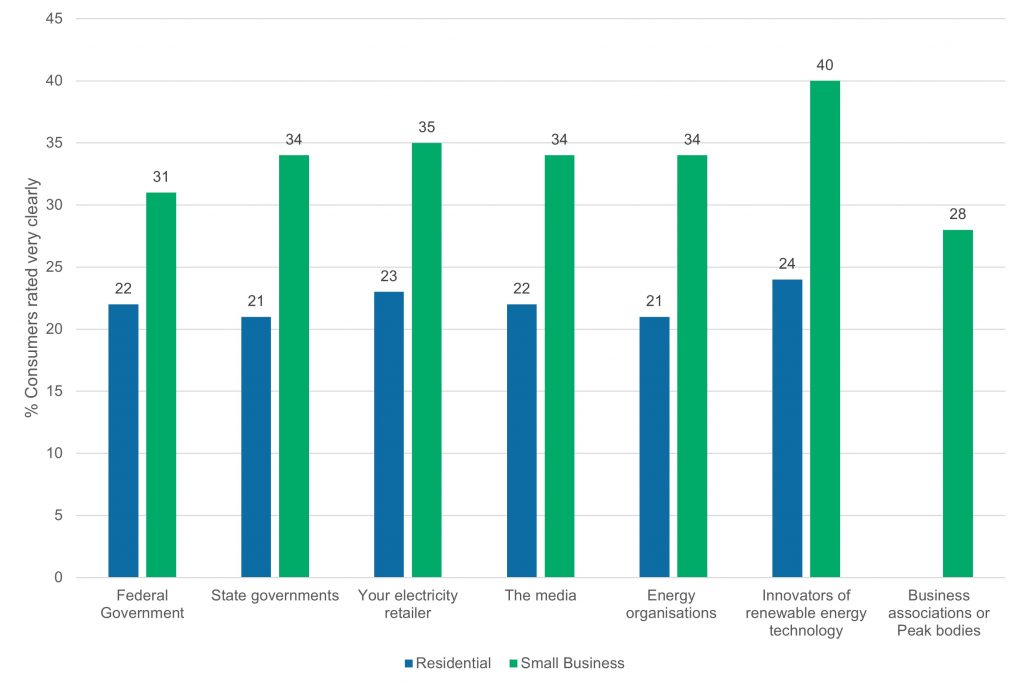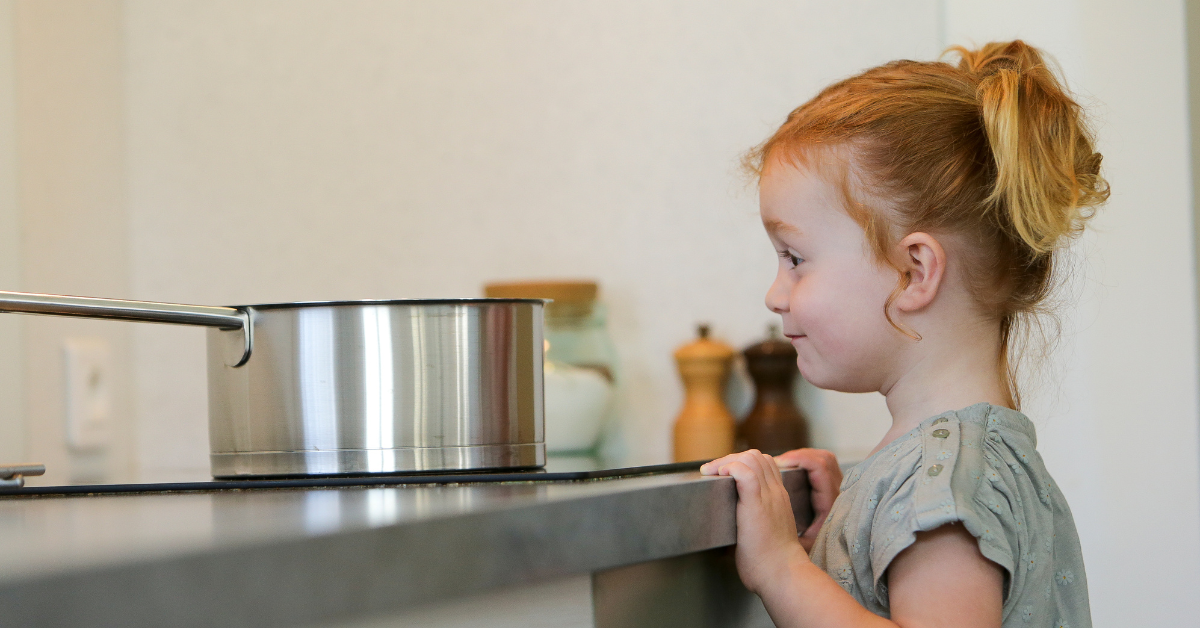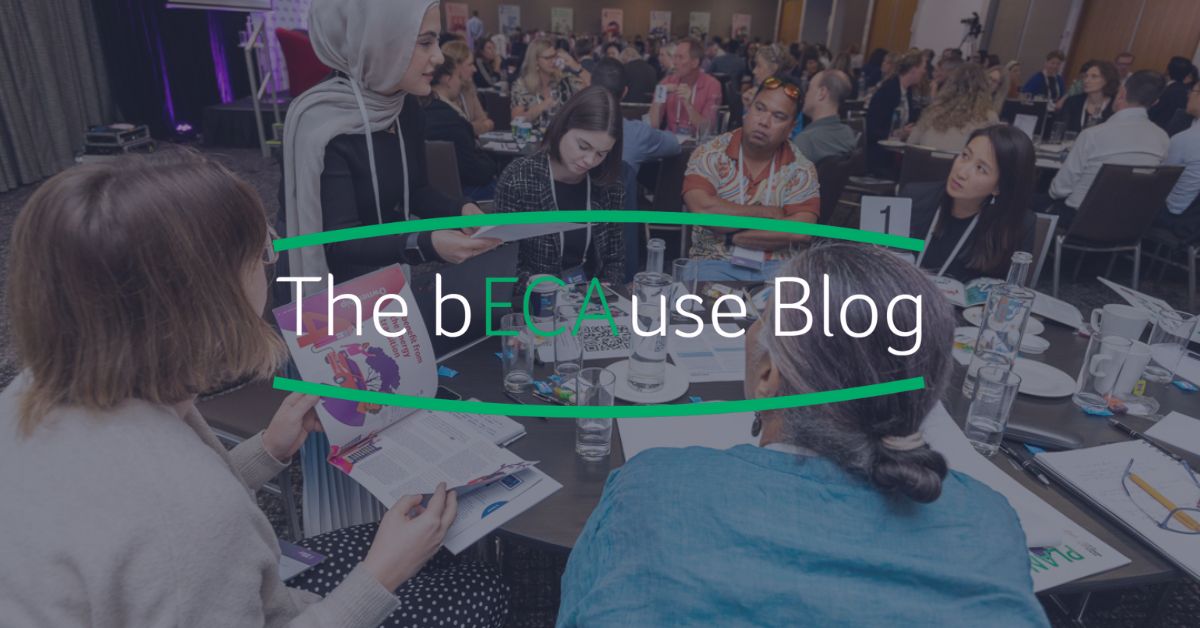Knowledge is power – right?
How often have you heard the refrain that we should address rising energy bills and smooth the energy transition by providing consumers with more information? Energy information campaigns are often seen as the silver bullet of choice when interacting with consumers.
“If only households had more information about how to get the best electricity deal…”
“If only consumers were better educated about energy efficiency…”
And yet, despite the proliferation of energy education campaigns, according to our latest Energy Consumer Sentiment Survey (ECSS) data, two in five Australians do not feel there is enough easily understood information available for them to make decisions about energy.
This matters because we also found that when consumers feel that they had received clear information about the impacts of the energy transition, they felt more in control of how they can make a difference to their energy bills.
Less education not more
It turns out the problem isn’t a lack of education, it’s an overload of information. Information that is so complicated in its nature, and tangled in its presentation, that consumers simply switch off and give up.
This is one of the key findings of research conducted for us by The Insight Centre on how to run a successful energy information campaign.
As part of The Insight Centre’s research, they conducted a consumer simulation exercise, mimicking the experience of someone trying to find out how to reduce their energy bills. And if you’ve ever tried this for yourself, you’ll be all too familiar with their findings. Millions of search hits from a multitude of organisations, some with potentially conflicting interests. Seemingly endless recommendations and information that is out of date, often written in what may as well be another language.
This is backed up by our June 2023 ECSS results which found that only one in five residential consumers felt that groups such as governments, retailers, and the media had communicated clearly how the transition will impact them.
Percentage of consumers who think the following groups have communicated clearly how the transition will affect consumers

We also know that there is an absence of a single, consistent campaign and message that tells people the simplest, lowest-barrier actions they can take to lower their bills, with busy lives and precious little time to take action.
A different approach
We’re calling for Australians to receive the right information, at the right time, from the right sources. Providing consumers with clear and concise communications will empower them to make decisions that are right for their situation and to take back control of their energy bills. Because we know that building consumer agency is just as important as providing households with the right information.
As the independent voice for energy consumers, it’s ECA’s job to tell governments and industry what consumers need (the problem) – but we thought that showing them what works (the solution) would be even better. This means we’ve released the findings of the research so everyone can benefit.
So what does a successful energy information campaign look like?
The Right Information
A carefully designed energy campaign shouldn’t overload consumers with all the information they need in one hit. We need to start small and build up, connecting the importance of small actions with large impacts. The best information campaigns provide the public with one simple action to do.
There are four key tests for selecting which actions to focus on first:
- The potential impact of the action on bills (start with high impact actions)
- The level of effort and/or cost required to make the change (start with low barrier asks)
- The accessibility of the action (start with actions most people can take)
- The inclusiveness of the action (is the action applicable to all parts of Australia?)
Heating and cooling accounts for up to 50% of energy consumption within homes, this means the highest value action that consumers can take to lower their bills is to adjust their heating and cooling. This would be a logical place to start a consumer facing energy bill saving campaign.
The Right Time
Any campaign should be designed to be both scalable and adaptable over time. The campaign should slowly build knowledge and asks as consumers become more confident in their abilities and knowledge. Think of it more like building a pyramid, one block at a time; rather than scattering swathes of seeds and hoping one of them takes root.
There are also logical times that coincide with the consumer energy journey when we can be more targeted in our messaging. Possible intervention points include:
- When moving home and considering what energy provider to go with.
- When building or conducting renovations and considering how to design your home.
- When an appliance breaks down and you’re contemplating what to replace it with.
- In the height of summer or the depths of winter as households struggle to cool or heat their homes.
And while these moments might represent opportune times to connect with consumers, we can’t address these connections as one-off communication events. If we want consumers to not just listen but act, we need to communicate a single message, ad nauseum. Quite literally, until we’re sick of repeating the same message. Across all the channels they engage with.
The Right Sources
Consumers currently struggle to identify trusted sources of information on how they should lower their energy bills or participate in the energy transition. There is no one clear space where Australians can go to find out what they need to know. To address this gap, ECA sees an opportunity to create a one-stop-shop for trusted independent information for households and small businesses. This would collate the useful independent information that is currently scattered across a multitude of websites, factsheets, incentives and subsidies in a seamless user experience.
As an industry, we need to be cohesive in our message, clear in our call to action, and unified in our goal of empowering consumers to take control of their energy. Only then do we have a chance of a successful and inclusive energy transition that benefits all consumers.
If you’re in government or industry and you would like to talk further about what works in consumer energy information campaigns, we’d love to hear from you. Contact Liz Stephens, Director of Communications and Stakeholder Engagements: liz.stephens@energyconsumersaustralia.com.au


